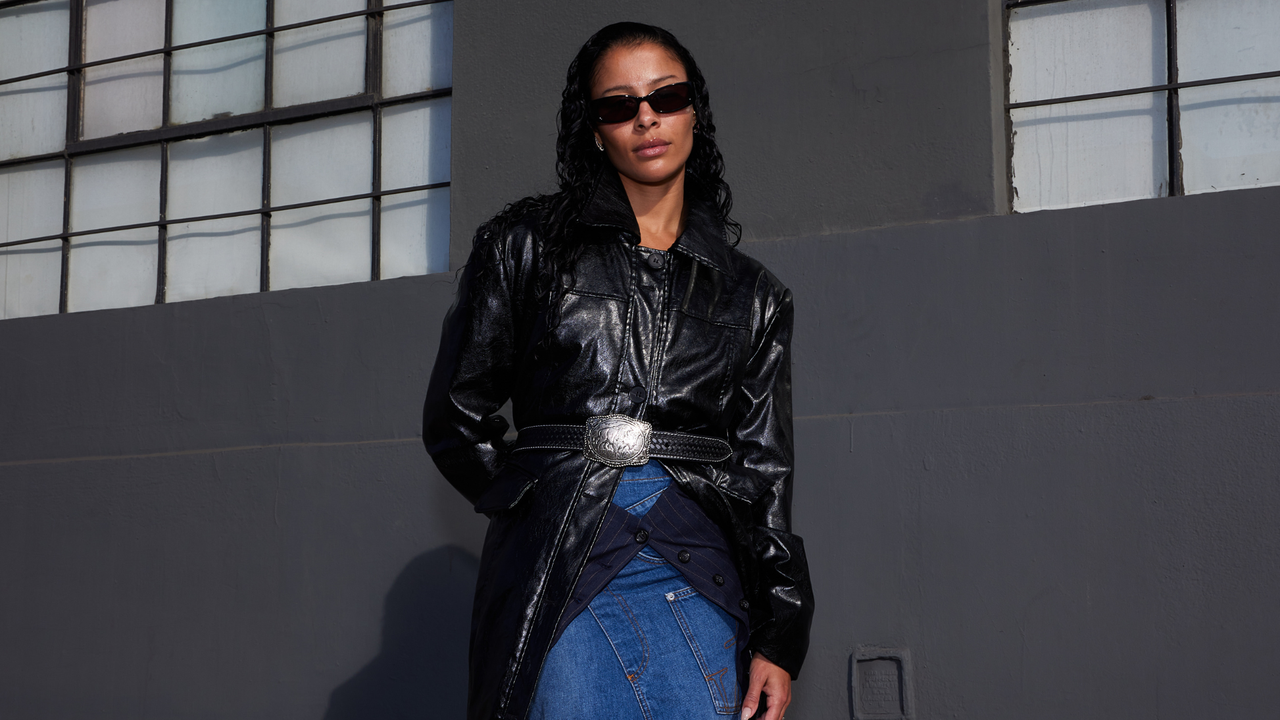Fashion
Some Back to School Fashion Advice: Buy Less

Photograph Source: Stefan Müller – CC BY 2.0
It’s back to school season again. And for many students and parents, that means the return of familiar tendencies for overconsumption.
Store sales and brand promos this time of year inspire many of us to frantically purchase new clothes, regardless of whether we actually need to. Through these dopamine fixation habits, we all involve ourselves in the global fashion economy.
“Fashion is the most powerful art there is,” as the iconic character Blair Waldorf said in the TV series Gossip Girl. “It’s movement, design, and architecture all in one. It shows the world who we are and who we’d like to be.”
Whether we think of ourselves as fashionable or not, we all wear clothes. And for those fortunate enough to have the luxury to choose what we put on our bodies, we must realize the immense power behind our decisions.
With global temperatures rising, fresh water and other natural resources quickly depleting, and landfills overrunning the U.S, what we buy — and how much of it — is critical. That includes clothing.
Every year, the fashion industry produces 100 billion garments — 92 million tons of which end up in landfills; uses over 93 billion cubic meters of water — enough to meet the needs of 5 million people; and emits 10 percent of global carbon emissions— more than all international aviation travel and maritime shipping combined.
Worse still, 93 percent of brands don’t pay wages high enough to provide for the basic needs of their factory workers — creating a distressing reality for many families in Global South countries.
Growing up in India, my family and I would volunteer at schools in local slums.
I witnessed poor families forcing their children — often under the age of 10 — out of class to go work in unsafe textile factories for pitiful wages. I saw the textile waste proliferate in landfills near their homes, as well as animals like stray dogs, birds, and cows mistakenly eating these fabric scraps.
We can change these realities by becoming more conscious about our purchasing habits and decisions — starting with actuallyapplying the three Rs we learned as children: reduce, reuse, and recycle.
We can reduce our consumption by buying only what we genuinely need. We can reuse the items that we already have, or donate what we don’t need anymore. And only if there are no other options, we should recycle.
I would also like to propose a fourth R: repair. That can mean mending tears in items or “upcycling,” which refers to reusing old items in a way that improves their value — like making a quilt out of old garments.
We also need to repair our mindsets. Quality should be prized over quantity — and we should strive to only purchase items that we truly need or love.
Avoid “fast fashion” retailers and shop second hand when you can. (Stigma around second hand fashion is outdated and harmful!) And don’t forget that our “four Rs” also apply to backpacks, lunch boxes, water bottles, notebooks, and many other back to school purchases.
Finally, research the brands you choose to buy from before purchasing to learn if their manufacturing process is sustainability oriented and if their suppliers pay living wages. Patagonia is a leader in this regard, with tags that share exactly where and how each garment was produced.
Finally, we need stricter regulations for supply chain transparency at both the national and international levels.
Meaningful change comes out of collective action — we all have the power to choose.
So let’s choose less, and choose more consciously!








